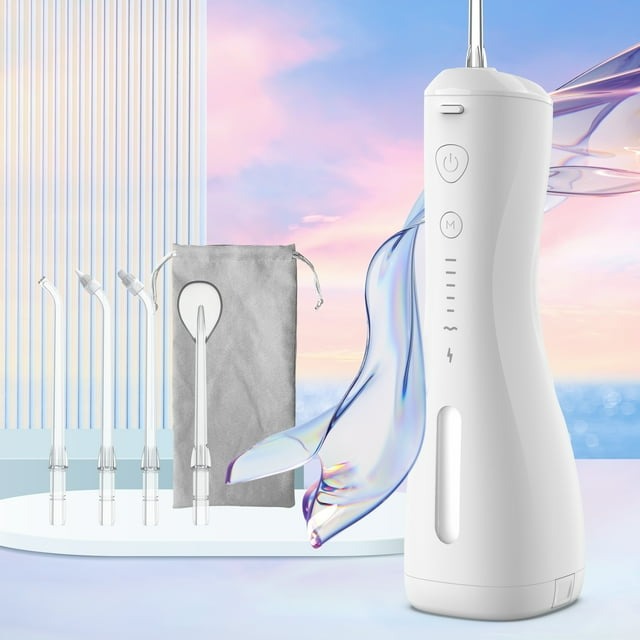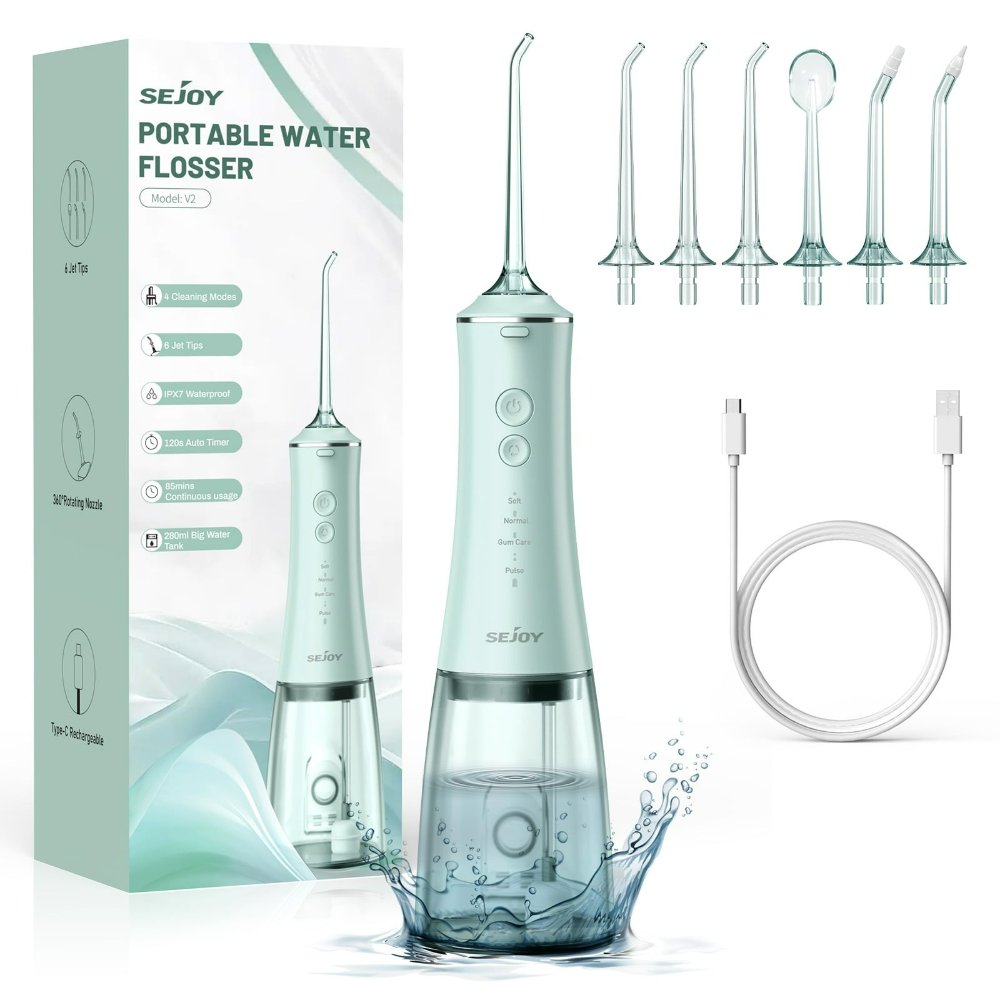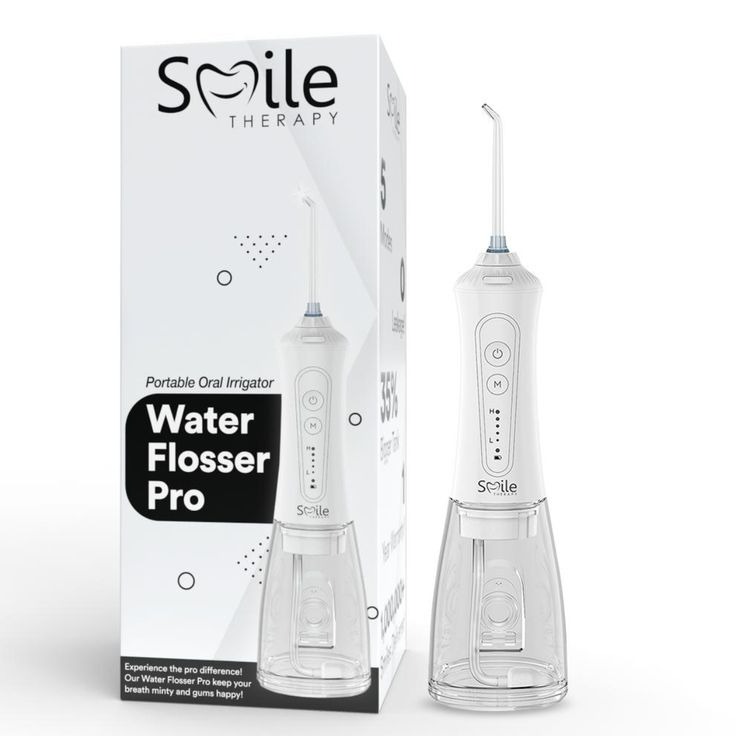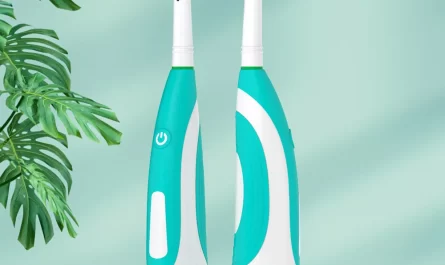What Are Tonsil Stones?
Tonsil stones are small deposits that form in the crevices of the tonsils. These calcified formations are also known as tonsilloliths. They can occur when debris, such as food, bacteria, and dead cells, get trapped in the tonsil crypts. Over time, this accumulation hardens into stones.
The Causes of Tonsil Stones
A variety of factors contribute to the formation of tonsil stones. Poor dental hygiene can lead to bacteria accumulation and may increase the risk. Large tonsils with deep crypts make it easier for debris to collect. Chronic tonsillitis or inflammation of the tonsils is another common contributor. Additionally, a dry mouth environment fosters bacterial growth, creating a perfect setting for stone formation.
Symptoms of Tonsil Stones
Tonsil stones may cause several symptoms, though some people have none. The most noticeable is bad breath, which arises from bacterial growth. Other symptoms include a sore throat, difficulty swallowing, and a feeling of something being stuck in the back of the throat. Some people may also experience ear pain due to shared nerve pathways. Discomfort can range from mild to severe, depending on the size of the stones.

Benefits of Using Water Flossers for Tonsil Stones
Finding an effective way to manage tonsil stones can substantially improve oral health and quality of life. Utilizing a water flosser can be a major asset in this regard. Below, we’ll explore how to use water flosser for tonsil stones and how they compare to traditional cleaning methods.
How Water Flossing Targets Tonsil Stones
Water flossers use a steady stream of pulsating water to clean between teeth, gums, and in the recesses of the tonsils. Here’s how they can target tonsil stones:
- Deep Cleaning: The water jet can reach deep into tonsil crypts, dislodging stones hidden from sight.
- Gentle on Tissues: Water flossing is less abrasive than picking or scraping, reducing the risk of irritation.
- Reduces Bacteria: Regular use helps wash away bacteria that contribute to stone formation.
- Prevents Build-up: It can prevent debris accumulation, addressing the root cause of tonsil stones.
Comparing Water Flossers to Traditional Methods
When considering how to use a water flosser for tonsil stones, it’s useful to compare it with traditional methods. Let’s look at why water flossers have an edge:
- Cotton Swabs: They can remove visible stones but can’t reach deep pockets and may cause discomfort.
- Gargling: This method cleanses but lacks the force needed to dislodge stones.
- Manual Removal: Tweezers or other tools pose a risk of injury and are less effective for smaller stones.
Overall, water flossers offer a safer and more thorough cleaning for those with tonsil stones. They are an indispensable tool for maintaining oral health, particularly for individuals prone to forming these bothersome stones.

Types of Water Flossers
Choosing the right type of water flosser is important for effective removal of tonsil stones. Let’s look at different options available.
Cordless Water Flossers
Cordless water flossers are popular for their convenience and ease of use. They are battery-operated and do not require a power outlet, making them perfect for use in the shower or on the go. Their portability is a huge plus for those who travel or have limited bathroom space.
Countertop Water Flossers
Countertop water flossers come with more power and capacity, often providing a steady stream of water with adjustable settings. They have larger reservoirs for water, which means less frequent refilling. These are ideal for home use where space is not an issue.
Portable Water Flossers
Portable water flossers offer a balance between cordless models and countertop units. They are compact enough to take on trips but may offer more power than the smaller cordless flossers. Some are designed to work with rechargeable batteries, while others might plug into USB ports for easy charging.
Each type of water flosser has its own set of advantages tailored to different needs and preferences when tackling tonsil stones. The key is to find one that suits your lifestyle and comfort level.
Preparing to Use a Water Flosser
Before diving into the process of using a water flosser for tonsil stones, proper preparation is essential. This ensures a safe and effective experience. Let’s cover the steps you’ll need to take before starting.
Safety Precautions
First and foremost, safety comes first. Keep these guidelines in mind:
- Read the Manual: Always read your device’s instructions before use.
- Check for Damage: Inspect the water flosser for any damage or defects.
- Start Low: Begin with the lowest pressure setting to avoid discomfort.
- Test Spraying: Try spraying into the sink first to get a feel for the pressure.
- Avoid Overuse: Limit sessions to prevent irritation to the tonsil area.
By following these precautions, you’ll be ready to use your water flosser safely.

Selecting the Right Water Pressure
Choosing a comfortable water pressure is crucial for efficacy and comfort. Here’s how to do it:
- Start Small: Begin with the lowest setting and increase gradually.
- Adjust Accordingly: If you feel discomfort, lower the pressure.
- Watch for Reactions: Pay attention to how your tonsils respond.
- Personalize: Everyone’s ideal pressure will be different, so find what works for you.
Selecting the appropriate pressure is vital to dislodge tonsil stones effectively without causing harm. Progress to the next steps with confidence after these preparation tips.
Step-by-Step Instructions for Using a Water Flosser on Tonsil Stones
Now that we’ve discussed the types of water flossers and preparation, let’s walk through the specific steps on how to use a water flosser for tonsil stones removal. Following these instructions can help you manage your tonsil stones effectively.
Positioning and Techniques
- Fill the Reservoir: Use warm water to fill your water flosser’s tank.
- Lean Over the Sink: Bend slightly to allow water to drain out from your mouth.
- Open Wide: Say ‘Aaah’ to expose the tonsils and make stones more accessible.
- Aim Carefully: Direct the water jet at a soft angle towards the tonsil stones.
- Use Short Bursts: Pulse the water stream rather than a continuous flow.
- Be Gentle: Avoid hitting the tonsils directly with strong pressure.
Frequency and Duration of Water Flossing
- Regularity is Key: Use the water flosser daily to prevent new stone formation.
- Short Sessions: Limit each session to a few minutes to reduce irritation.
- Monitor Your Response: Adjust frequency based on how your tonsils react.
- Post-Removal: After stones are gone, continue using the flosser for maintenance.
By implementing these techniques, you will improve your chances of dislodging the tonsil stones and maintaining better oral hygiene. Just remember to be patient and gentle to avoid any discomfort.
Aftercare and Maintaining Oral Hygiene
After removing tonsil stones with a water flosser, proper aftercare is critical. This section outlines the steps to clean your water flosser and maintain daily oral hygiene.
Cleaning Your Water Flosser
Regular cleaning of your water flosser is essential to prevent mold and bacteria buildup. Follow these simple steps:
- Empty and Rinse: After each use, empty the reservoir and rinse with clean water.
- Wipe Down: Use a cloth to wipe the handle and the tip.
- Disinfect: Once a week, use a mix of vinegar and water to disinfect the reservoir.
- Air Dry: Let all parts air dry before reassembling.
By keeping your water flosser clean, you ensure its effectiveness and longevity.
Daily Oral Hygiene Best Practices
To keep tonsil stones at bay, adopt these daily oral hygiene practices:
- Brush Twice: Brush your teeth twice a day for two minutes each time.
- Floss Daily: Use traditional floss to clean between your teeth once a day.
- Use Mouthwash: Rinse with an antibacterial mouthwash to kill lingering bacteria.
- Stay Hydrated: Drink plenty of water to keep your mouth moist and reduce bacteria growth.
- Regular Checkups: Visit your dentist regularly for professional cleanings and checkups.
Incorporating these habits into your routine will help maintain good oral hygiene and prevent the recurrence of tonsil stones.
Alternatives to Water Flossers
While water flossers are effective, some people prefer other methods. Here are two alternatives.
Manual Tonsil Stone Removal Techniques
Manually removing tonsil stones can be an option for those who prefer a more hands-on approach. If you choose this route, proceed with caution to prevent harm. Use a soft toothbrush, cotton swab, or a special tonsil stone removal tool to gently ease the stones from the crypts. Make sure to use a mirror and a light to see clearly. Always be gentle to avoid causing soreness, and never force a stone out.
Professional Treatments for Tonsil Stones
If tonsil stones become a persistent issue, it might be time to seek help from a healthcare professional. Dentists and ENT specialists can offer treatments like laser resurfacing, which reduces the crevices in the tonsils, or a complete tonsillectomy for recurrent cases. Opt for professional consultations if at-home methods don’t work or if tonsil stones frequently return. These options are more invasive but can provide a long-term solution.




